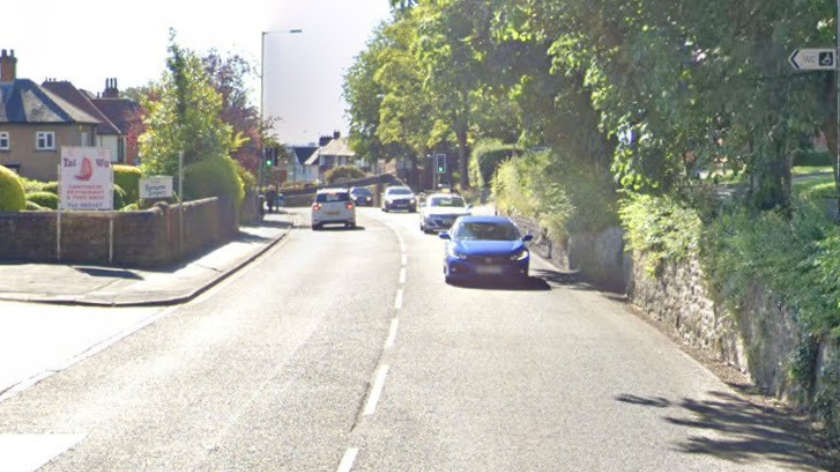
Air pollution caused by vehicles on two roads in Knaresborough and Ripon has improved and now meets national limits, according to North Yorkshire Council.
Air pollution caused by vehicles on two roads in Knaresborough and Ripon has improved and now meets national limits, according to North Yorkshire Council.
It means air quality management areas, also called AQMAs, that were set up for York Place in Knaresborough and Low/High Skellgate in Ripon have been revoked.
Councils assign AQMAs to places where air pollution is particularly bad. They then set out an action plan to bring levels below the national limit for nitrogen dioxide, an air pollutant associated with transport.
Scientists have linked exposure to air pollution to a host of health impacts including asthma, heart disease and cancer.
The council monitors air pollution using the measurement µg/m3, which is the concentration of nitrogen dioxide in micrograms per cubic meter of air. The government asks that pollution levels fall below an annual mean objective of 40µg/m3.
A report that discusses the council’s work to improve air quality will be discussed by councillors on the Selby & Ainsty area constituency committee on Friday.
A council spokesperson gave several reasons for the improving air quality.
These include an increase in the use of electric vehicles, educational programmes in schools, retrofitting of local buses with cleaner technology and general improvements in vehicle emissions.
According to council monitoring, air quality has improved across the Harrogate area since the Covid-19 pandemic.
North Yorkshire Council’s assistant director for regulatory services, Callum McKeon, said:
“It is mandatory to declare AQMAs if pollutant levels exceed objective concentrations dictated by the Government’s UK Air Quality Strategy and implemented by the Air Quality (England) Regulations 2000 (2002 as amended).
“The AQMAs at York Place, Knaresborough and Low/High Skellgate, Ripon were created due to the nitrogen dioxide annual mean objective of 40µg/m3 associated with traffic pollution being exceeded.
“Monitoring undertaken by the council has shown that the air quality objectives at the above locations have not been exceeded and as it is a requirement to revoke an AQMA if pollutant levels fall below the objective level for five consecutive years, we must revoke these two AQMAs.
“This does not mean that these areas will be ignored – monitoring will continue to ensure that the measures taken continue to be effective and that air quality standards continue to be achieved.”



 Saltergate girls' football team: A journey of triumph and opportunity
Saltergate girls' football team: A journey of triumph and opportunity
 Himalayan Garden & Sculpture Park unveils 70 new artworks
Himalayan Garden & Sculpture Park unveils 70 new artworks
 Harrogate vet receptionist tackles London Marathon to help horses
Harrogate vet receptionist tackles London Marathon to help horses
 Programme revealed for Harrogate crime writing festival
Programme revealed for Harrogate crime writing festival
 Hundreds take on inflatable wipeout challenge in Harrogate
Hundreds take on inflatable wipeout challenge in Harrogate
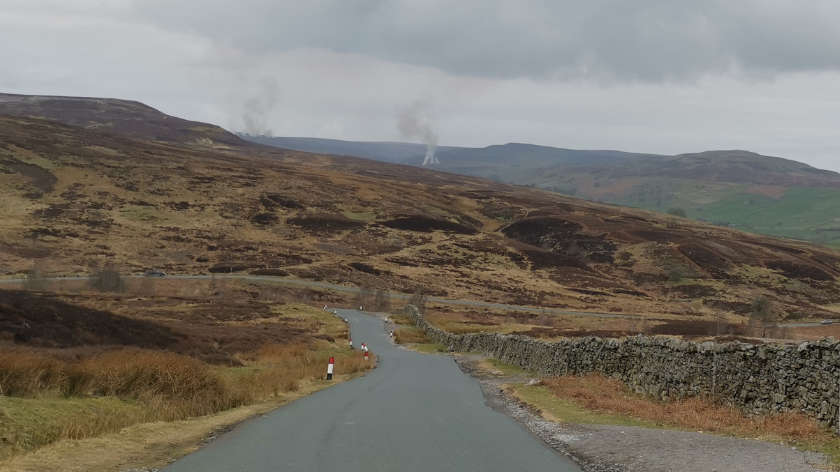 Wider ban on heather burning 'risks catastrophic wildfires'
Wider ban on heather burning 'risks catastrophic wildfires'
 Over 200 fencers attend Harrogate Fencing Club sporting event
Over 200 fencers attend Harrogate Fencing Club sporting event
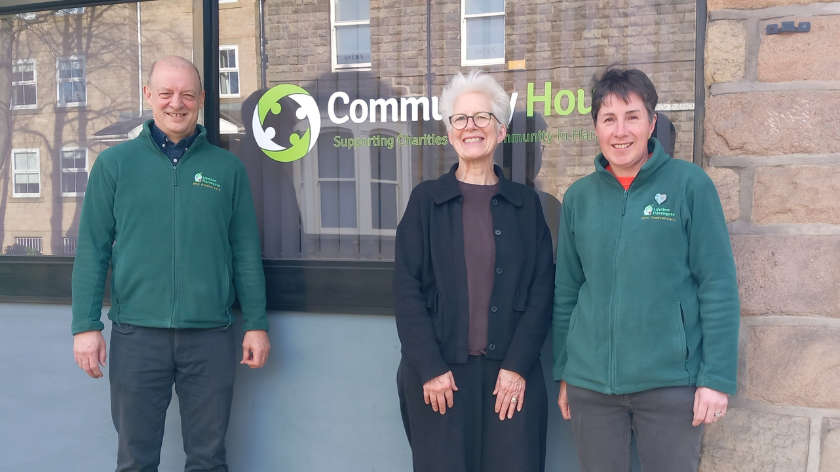 Harrogate homeless charity receives four-figure grant
Harrogate homeless charity receives four-figure grant
 Police appeal after driver fails to stop following A1 collision
Police appeal after driver fails to stop following A1 collision
 Harrogate MP warns 'OFWAT must go' after Yorkshire Water dumps 430,263 hours of sewage
Harrogate MP warns 'OFWAT must go' after Yorkshire Water dumps 430,263 hours of sewage
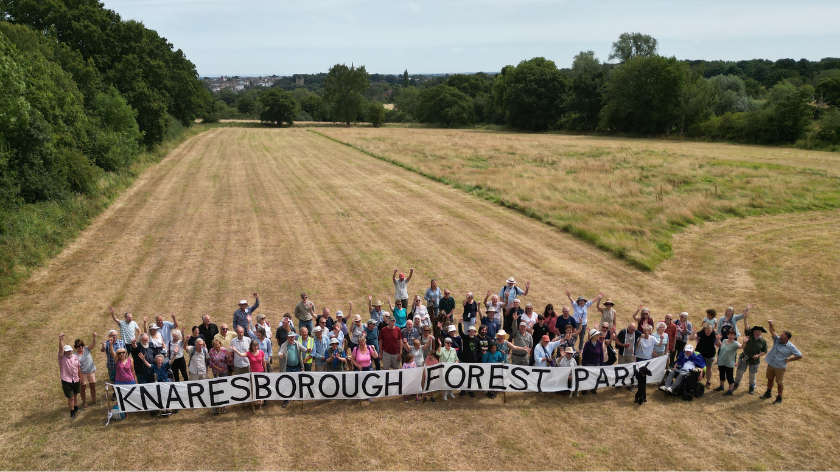 Surprise donation pays off debt for Knaresborough Forest Park
Surprise donation pays off debt for Knaresborough Forest Park
 Harrogate woman launches home decluttering business
Harrogate woman launches home decluttering business
 Starbeck dance school to perform at Disneyland
Starbeck dance school to perform at Disneyland
 New ride unveiled at Lightwater Valley near Ripon
New ride unveiled at Lightwater Valley near Ripon
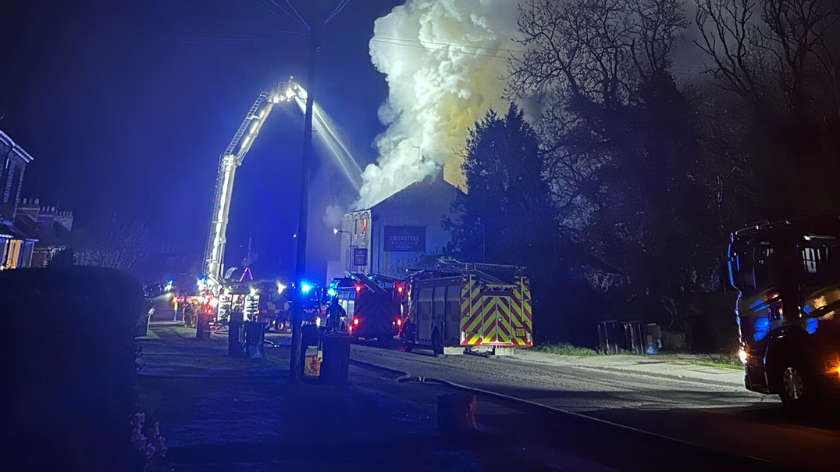 Woman arrested for arson after fire devastates Knaresborough pub
Woman arrested for arson after fire devastates Knaresborough pub
 WATCH: Harrogate pupils get surprise visit from Easter Bunny
WATCH: Harrogate pupils get surprise visit from Easter Bunny
 New owners for popular Harrogate gym
New owners for popular Harrogate gym
 Ripon students raise £8,000 for those affected by conflict and disaster
Ripon students raise £8,000 for those affected by conflict and disaster
 Vineyard near Harrogate to host food and wine fair
Vineyard near Harrogate to host food and wine fair
 Fearless 9-year-old girl to scale Scafell Pike for charity
Fearless 9-year-old girl to scale Scafell Pike for charity








